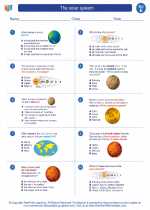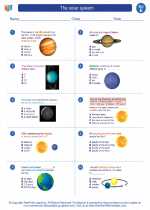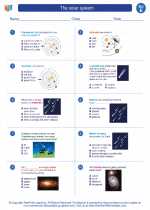Key Concepts about Deposition:
- Agents of Deposition: Water, wind, ice, and gravity are the primary agents of deposition. Each of these agents has the ability to transport and deposit sediments, contributing to various landforms.
- Factors Affecting Deposition: The amount and size of sediments being transported, the velocity of the transporting agent, and the nature of the material being transported all influence the process of deposition.
- Landforms Formed by Deposition: Deposition can lead to the formation of diverse landforms, including beaches, sand dunes, deltas, alluvial fans, and glacial moraines.
- Human Impact: Human activities such as construction, mining, and deforestation can accelerate the process of deposition by altering natural landscapes and increasing the rate of sediment transport and deposition.
- Importance of Studying Deposition: Understanding the process of deposition is crucial for interpreting the formation of geological features, predicting changes in landscapes, and managing environmental resources.
Study Guide for Deposition:
1. What is Deposition?
Deposition is the geological process where sediments, soil, and rocks are added to a landform or landmass, typically as a result of the loss of energy by the agents of erosion.
2. Agents of Deposition
Identify and describe the primary agents of deposition: water, wind, ice, and gravity. Provide examples of landforms created by each agent.
3. Factors Affecting Deposition
Explain how the amount, size, and nature of sediments, as well as the velocity of the transporting agent, influence the process of deposition. Give examples to illustrate these factors.
4. Landforms Formed by Deposition
Describe the formation and characteristics of at least three landforms created by deposition, such as beaches, deltas, sand dunes, or alluvial fans. Include the role of deposition in shaping these landforms.
5. Human Impact
Discuss how human activities can influence the process of deposition and provide examples of human-induced deposition. Explain the potential environmental consequences of accelerated deposition.
6. Importance of Studying Deposition
Explain why it is important to study the process of deposition in the fields of geology, environmental science, and land management. Discuss the practical applications of understanding deposition in these contexts.
[Deposition] Related Worksheets and Study Guides:
.◂Science Worksheets and Study Guides Fifth Grade. The solar system

 Worksheet/Answer key
Worksheet/Answer key
 Worksheet/Answer key
Worksheet/Answer key
 Worksheet/Answer key
Worksheet/Answer key
 Vocabulary/Answer key
Vocabulary/Answer key
 Vocabulary/Answer key
Vocabulary/Answer key
 Vocabulary/Answer key
Vocabulary/Answer key
